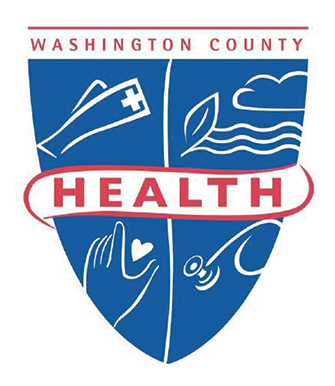What are PFAS?
- Per- and polyfluoroalkyl substances (PFAS) are man-made chemicals that have been widely used in industry and consumer products since the 1940s and remain in the environment for a long time.
- There are thousands of different PFAS, some of which have been more widely used and studied than others.
- One common characteristic of concern of PFAS is that many break down very slowly and can build up in people, animals, and the environment (water & soil) over time.
How can I be exposed?
- Drinking water from PFAS-contaminated municipal sources or private wells
- Eating fish caught from water contaminated by PFAS (PFOS, in particular)
- Accidentally swallowing or breathing contaminated soil or dust
- Eating food (e.g., meat, dairy, and vegetables) produced near places where PFAS were used or made
- Eating food packaged in material that contains PFAS
- Accidentally swallowing residue or dust from consumer products containing PFAS such as stain resistant carpeting and water repellent clothing
How Can PFAS Affect Our Health?
- Scientists are still studying how different mixtures of PFAS can affect health.
- Studies show that higher exposure to some PFAS may be linked to certain health problems such as:
- Increases in cholesterol levels
- Changes in liver enzymes
- Lower antibody response to some vaccines
- Pregnancy-induced hypertension and preeclampsia
- Small decreases in birth weight
- Kidney and testicular cancer
- The risk of health effects associated with PFAS depends on
- Exposure factors (e.g., dose, frequency, route, and duration)
- Individual factors (e.g., sensitivity and disease burden)
- Other determinants of health (e.g., access to safe water and quality healthcare)
EPA Ways to Reduce Risk to Exposure
Additional information about PFAS and your health can be found at the Agency for Toxic Substances and Disease Registry. – https://www.atsdr.cdc.gov/pfas/index.html and the United States Environmental Protection Agency https://www.epa.gov/sdwa/and-polyfluoroalkyl-substances-pfas

